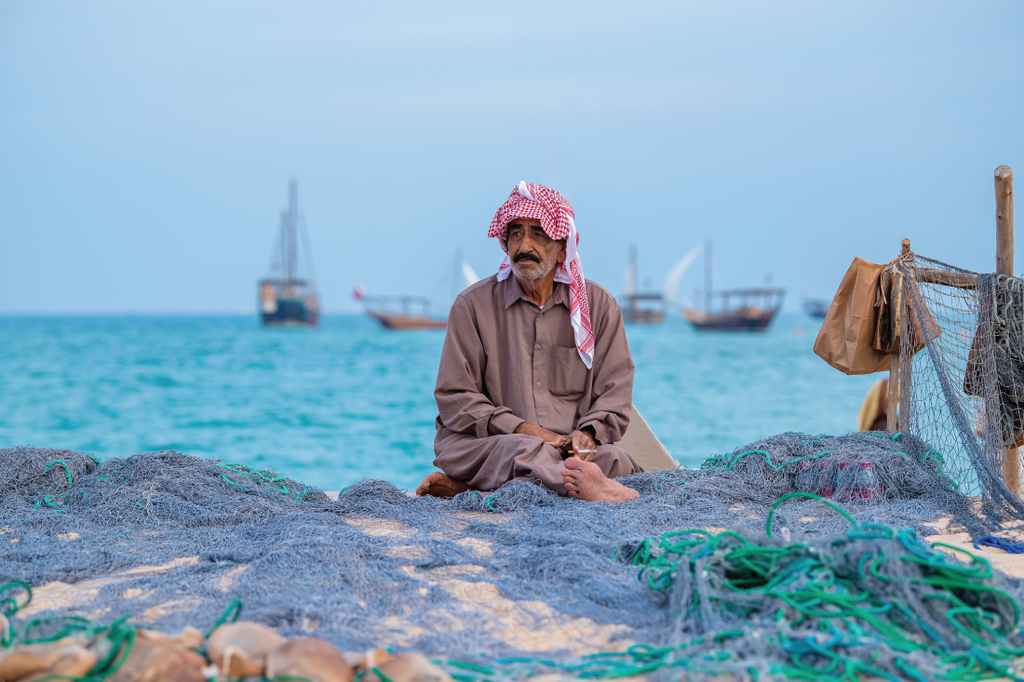
| Why Wealth Alone Fails to Measure a Nation’s True Happiness Don’t Worry, Be Happy! – But Are We Happy? We’ve all heard Bobby McFerrin’s iconic 1988 song, but its message hits deeper when life gets tough. On this World Happiness Day, let’s explore what truly makes our communities thrive. |
GDP Alone Doesn’t Guarantee Happiness
For years, governments measured their success by their Gross Domestic Product (GDP). GDP quantifies the total financial worth of all goods and services generated within a nation. While GDP was solely intended to serve as an indicator of economic scale, it became universally equated with societal progress and wellbeing, with the underlying assumption that a higher GDP equals a better quality of life. However, economic growth doesn’t always translate to happiness.
True progress goes beyond GDP—it lies in the economic, social, and environmental wellbeing that genuinely shapes people’s lives and the country’s policies prioritizing human dignity, environmental resilience, and equitable opportunity. In fact, since the 1970s, many voices across policy and academic fields have highlighted the limits of a growth-focused economic model, warning that the obsession with GDP growth is neither desirable nor achievable as it does not take into account our planetary boundaries and finite resources.
Real happiness thrives when people and the planet are in balance. It is time to challenge the myth that GDP defines our wellbeing, and instead, let’s ask: What truly makes us happy?
How Far Do Economic Policies Define Happiness in the MENA Region
The MENA region’s happiness rankings defy simplistic GDP correlations. While some nations leverage wealth to foster thriving societies, others prove that even abundant resources fall short without intentional policies.
The 2024 World Happiness Report shows that happiness isn’t just a mood or isn’t based on wealth alone—it’s shaped by government policies and prerequisites such as feeling supported, financial stability, and having the freedom to make life choices. When it comes to the Middle East and North Africa, the picture is far from uniform. According to the report, the UAE tops the region, ranking 21st globally, followed by Algeria, placed 74th, Iraq, 105th; Tunisia, 115th, Egypt, 127th, Lebanon, 142nd, and finally, Yemen, 140th.
Despite Saudi Arabia having a higher GDP than the UAE, Saudi Arabia lags behind the UAE in the happiness ranking, with the former ranking 32nd while the latter ranks 21st. This proves that happiness is not just about money. The UAE has placed increasing emphasis on sustainability and wellbeing, as evidenced by initiatives such as the UAE National Strategy for Wellbeing 2031, the National Program for Happiness and Wellbeing, and the establishment in 2016 of the position of Minister of State for Happiness and Wellbeing, the first ministerial position of its kind globally. These top-down governmental and policy efforts aim to position the country at the forefront of quality of life and wellbeing practices.
This is not to say that economic stability is irrelevant, as evidenced by countries like Lebanon and Yemen, which face steep declines in happiness driven by political and economic turmoil. The diverse happiness levels across the MENA region reflect the complex interplay of socio-economic and political factors shaping daily life.
Beyond MENA countries’ national rankings, the 2024 World Happiness Report also reveals a concerning global trend: Happiness inequality is on the rise. Over the past 12 years, disparities in wellbeing have increased by more than 20%, not only between regions but also across different age groups. In the Middle East and North Africa, these challenges are felt deeply, shaping the wellbeing of individuals in distinct ways.
It’s clear: Happiness isn’t a one-size-fits-all concept, especially in a region as diverse and dynamic as MENA.
This World Happiness Day, let’s remember: GDP may fund progress, but only intentional policies centered on equity, security, and dignity turn wealth into wellbeing.

